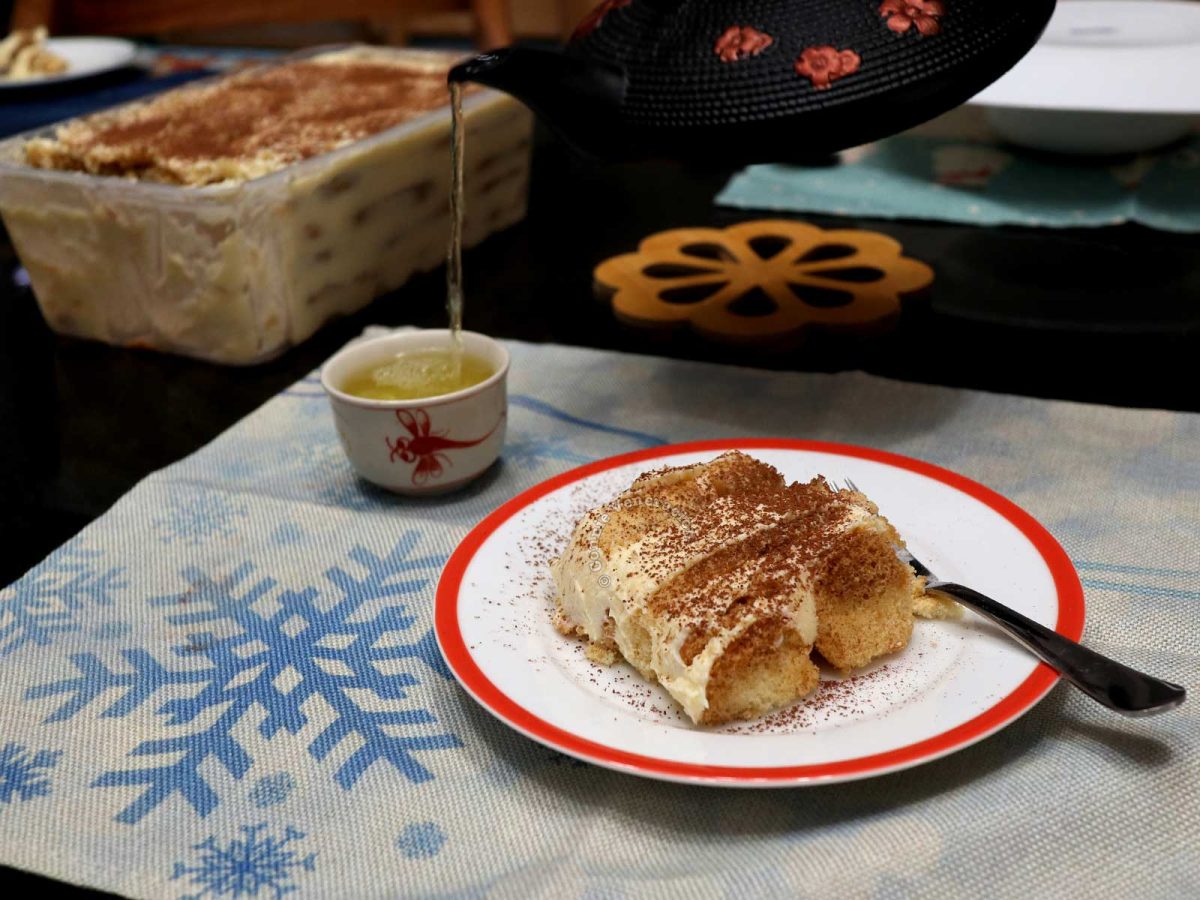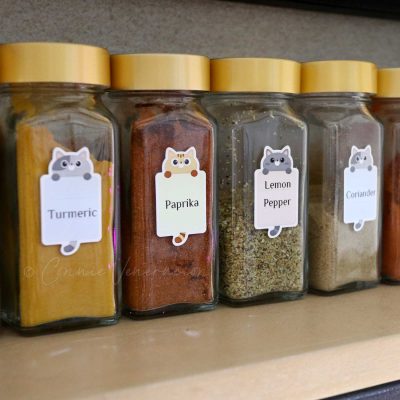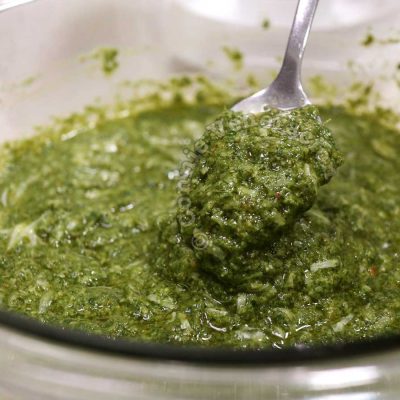Until a few months ago, we’ve always made tiramisu with cream cheese. Marcarpone had always been difficult to source whereas cream cheese was available in almost every grocery.
Then, in November of 2020, I discovered mascarpone on the website of an online food purveryor, I ordered a tub and my daughter, Alex, made tiramisu with it. We were so amazed at how much lighter and richer the tiramisu was that my husband declared that, for our Christmas Eve dinner, we would have tiramisu — made with mascarpone, of course — for dessert.
Like any cook who knows that ingredients for holiday food can have a nasty way of disappearing from shops as Christmas drew nearer, by the first week of December, I tried ordering mascarpone again. No stock. And the status remained unchanged until New Year.
In short, for Christmas Eve, we had to make tiramisu with cream cheese. And it just wasn’t the same. Too firm after chilling, the tiramisu-with-cream-cheese had none of that light-as-cloud texture that makes tiramisu so special and incomparable.
Why is mascarpone so essential for making tiramisu? That’s a question best answered by enumerating the differences between cream cheese and mascarpone. Sure, they look similar. They’re both categorized as soft cheeses too. But…
Mascarpone has a much higher fat content than cream cheese
Mascarpone is made with whole fat cream and that means a high butterfat content which can go as high as 75%. Lemon juice, vinegar or lactic acid is added to the cream and the coagulated mass becomes mascarpone.
Cream cheese is made with pasteurized milk to which lactic acid bacteria is added to allow coagulation. Cream is only an addition for better texture. Commercial cream cheese contains stabilizers to prevent the water from separating from the cheese.
In the United Stated where cream cheese was first commercially manufactured, the law only requires that the cheese contain a minimum 33 percent milk fat to be legally labeled and sold as cream cheese.
Mascarpone is lighter than cream cheese
Mascarpone is so light it resembles whipped cream than conventional cheeses in appearance. That makes it easier to mix with added ingredients.
To use cream cheese as a passable substitute for mascarpone, you will need to whip it until light and add cream to make it softer.
The flavor factor
Mascarpone is richer in flavor and leaves a velvety sensation in the mouth.
Cream cheese is saltier and more tart, and when you combine those two with coffee and booze, both traditional ingredients of tiramisu, the result is simply wanting.




